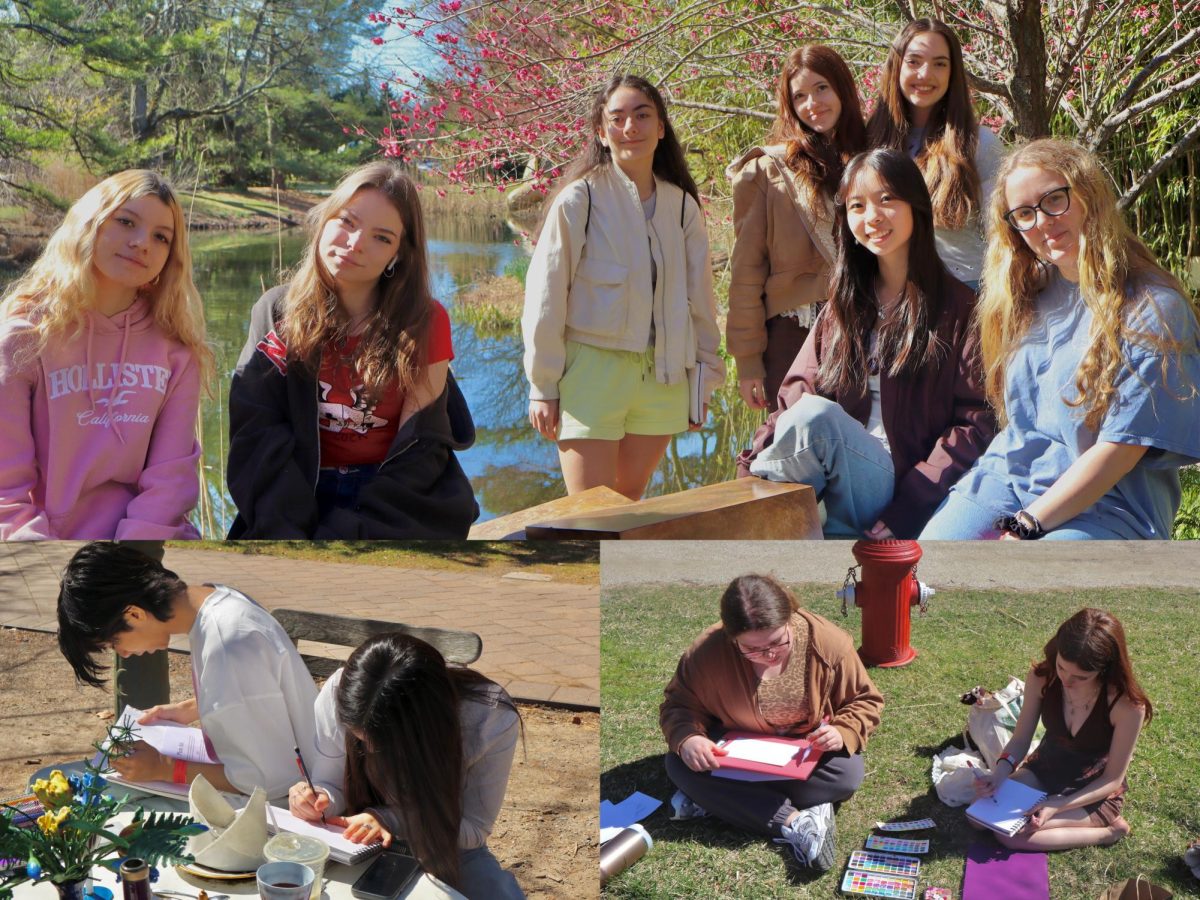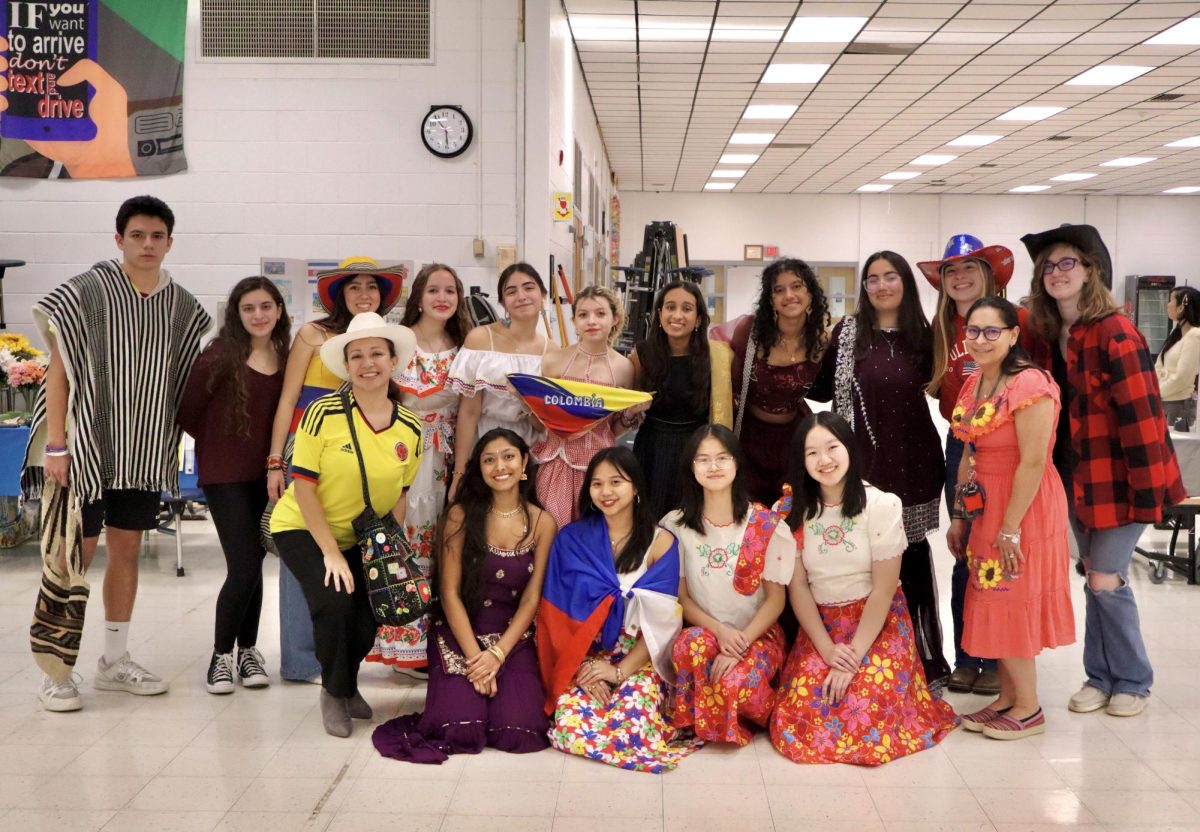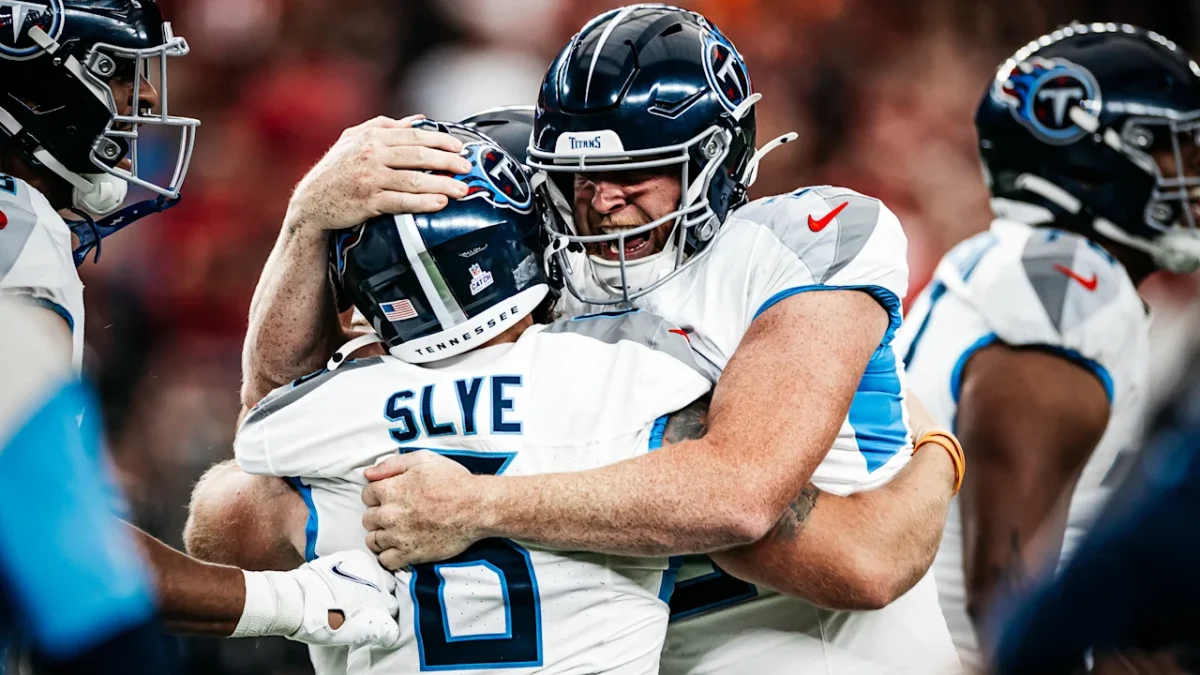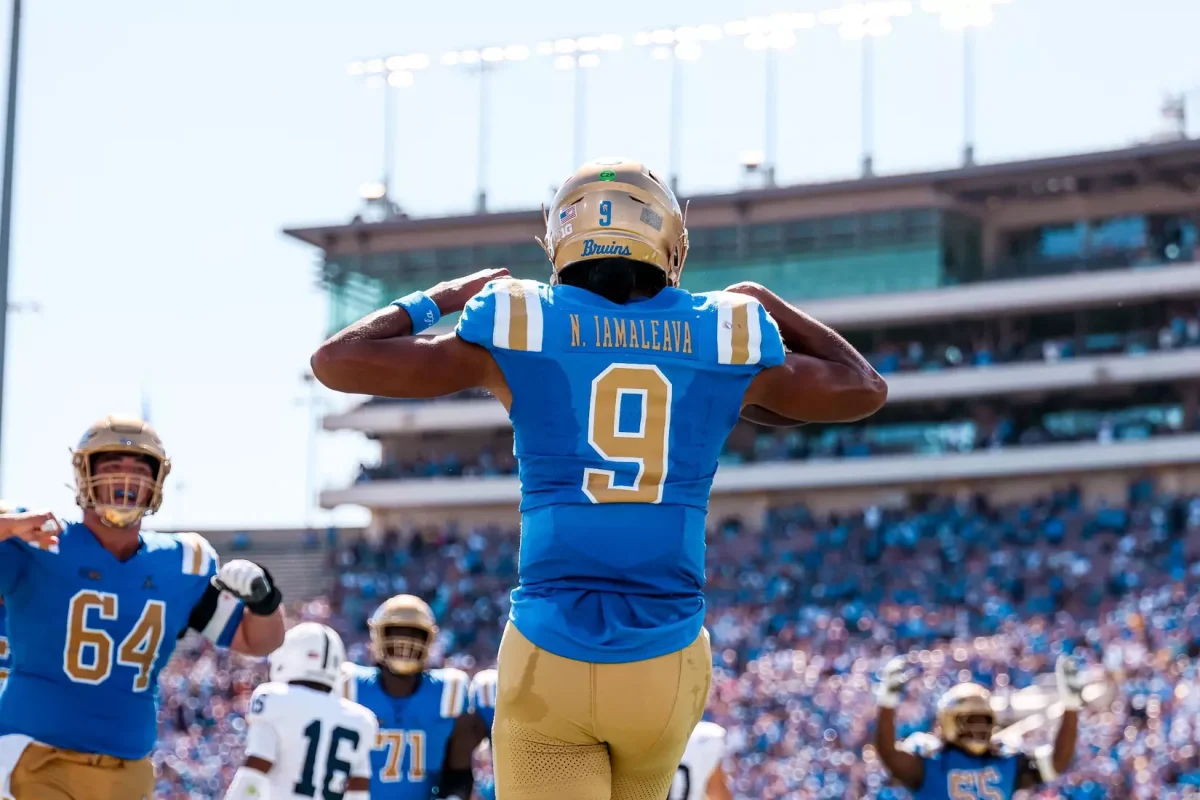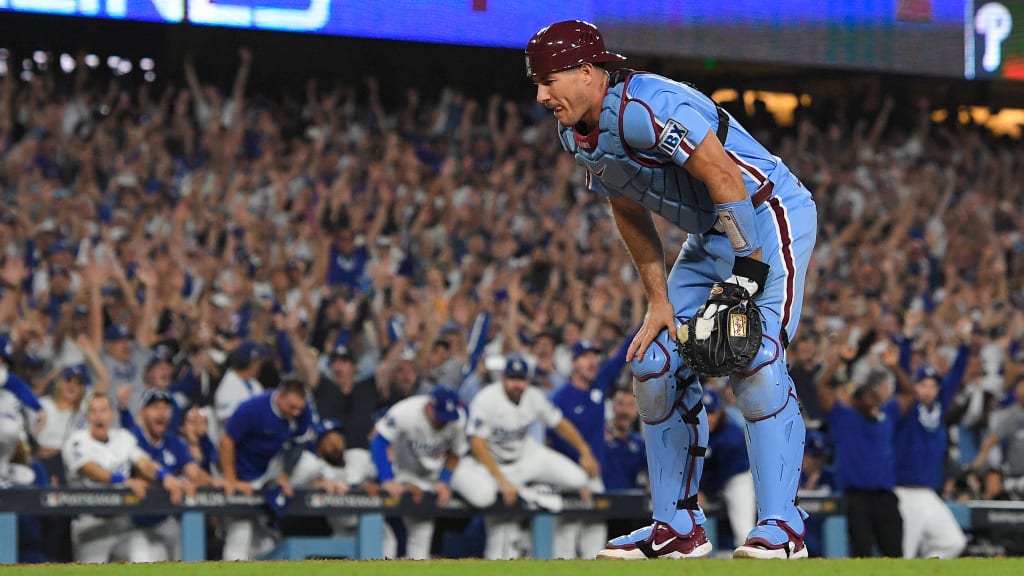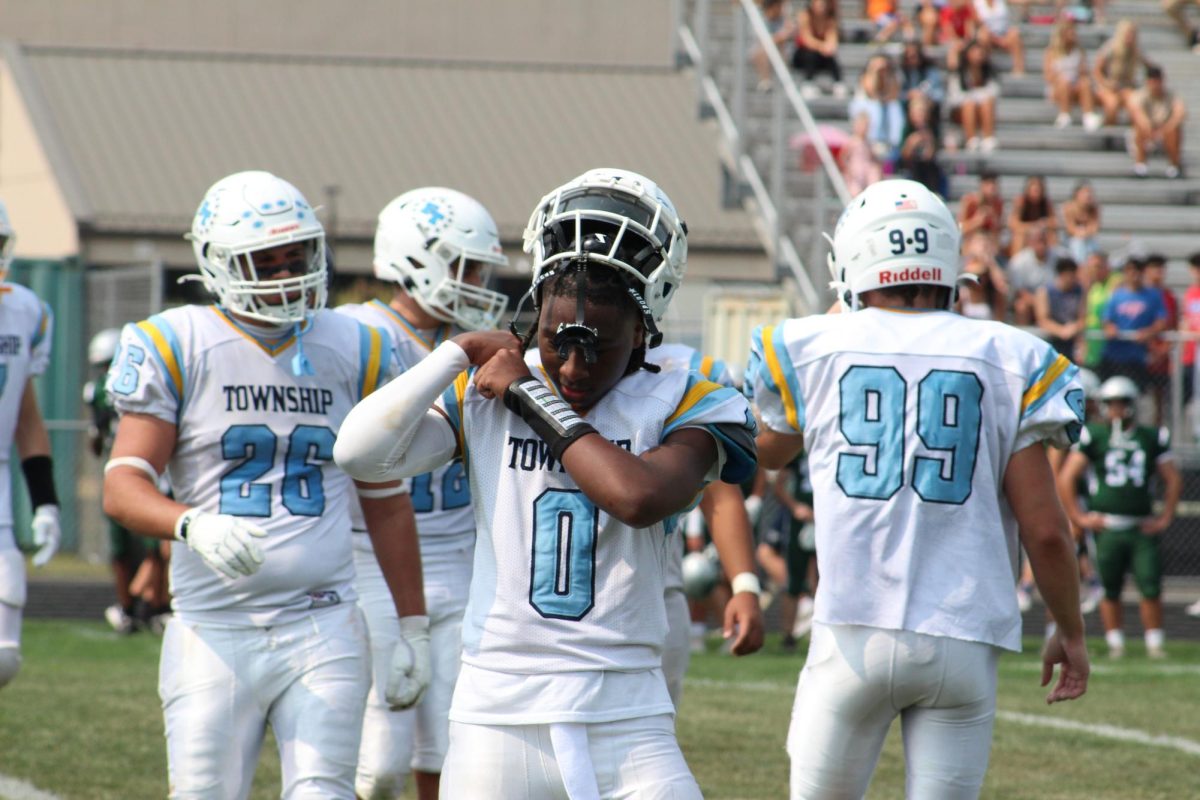Delve into the Delectable Dreamland of “Emma.”
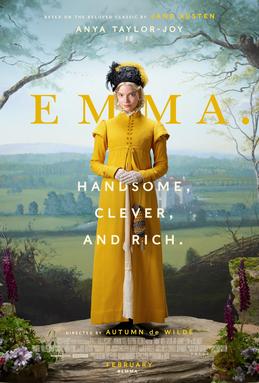
April 6, 2020
“Emma Woodhouse, handsome, clever, and rich…” These legendary words which commence Jane Austen’s novel, march neatly across the screen at the opening of the film, Emma. Starring Anya Taylor-Joy and directed by Autumn de Wilde, the movie places a delightful twist on the classic novel Emma., which hit the Box Office on January 21, 2020, tells the story of a young woman who prides herself on her influence, orchestrating the lives of others, and her match-making abilities. She has no intention of marrying because she has the unusual position of managing her own home. Emma’s latest project is to guide Harriet Smith (Mia Goth), who is without distinguished familial connections, to find romance.
So often historical dramas fall into the pattern of displaying a melancholy setting, filled with sorrowful hues, incessant rain, and icy demeanors. The most eye-catching aspect of the movie is how Autumn de Wilde diverges from the worn out approach to period pieces. As a photographer and music video director, de Wilde breathes life into the established story. She fabricates a decadent candy-colored dream world, one which the audience never wishes to leave.
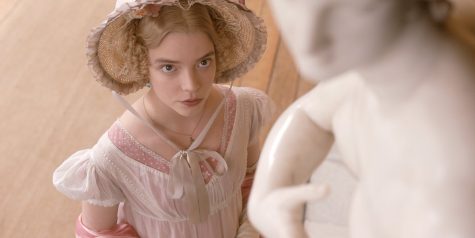
In the fashion of all Jane Austen novels, the story has a multitude of characters and the initial focus of the plot is the quotidian lives of these people. Autumn de Wilde plays on this element, coined by Austen, impeccably. The characters are far from perfect and de Wilde uses natural human awkwardness to bring the vividness of life into each person. Jane Austen said, in reference to her protagonist, that Emma is a heroine “whom no one but myself will much like.” Not only is this an interesting comment in itself, but it is even more fascinating to analyze how de Wilde accentuates unlikeable features in the characters. In an interview to promote the film, de Wilde stated that her goal was not to make the story more contemporary but rather to humanize. The ingenious idea is prevalent throughout the entire film. The sideways glances, nervous laughter, nosebleeds, and exuberant outbursts are just one layer to the breath of fresh air that de Wilde gives to the narrative.
In order to convey a lively and an overall cheerful mood, Autumn de Wilde primarily focuses on visual appeal. Mainly relying on color, she implements bright pastels and contrasts them with the lush green landscape. The movie portrays clear color stories in every element, to the costumes, interior decorations, and to the setting themselves. As a whole, the film sets up a place where everything is purely exquisite and lavish. The characters stroll through ornate manors in elaborate, eye-catching clothing. They attend grand balls and nibble on elegant arrangements of desserts. Although visually the film strives for flawlessness, the storyline does not shy away from the aspects of life that are not so lovely. The characters are depicted experiencing a wide variety of miserable occurrences and hardships. Of course, in true Jane Austen fashion, the viewers are guaranteed an exemplary happy ending. As a whole, Autumn de Wilde’s juxtaposition of visual perfection and the lack thereof in the characters on top of largely preserving the original storyline; thus, Autumn de Wilde was able to create an ethereal twist to the beloved story.








